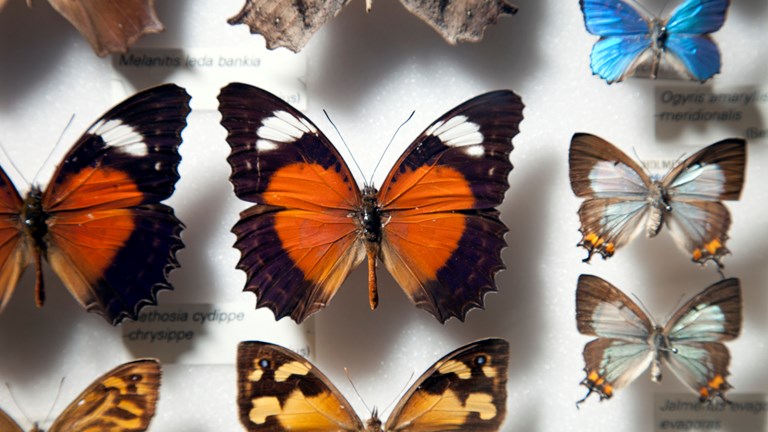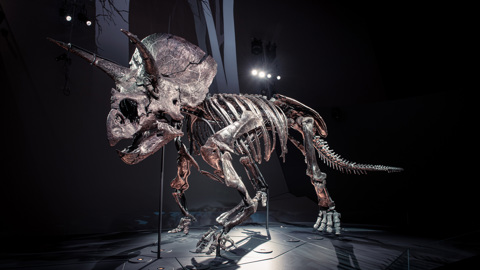
Bugs Alive! Gallery Visit
- What
- Self-directed
- When
- Terms 1 to 4, Monday to Friday
- Duration
Curriculum links & Accessibility & Access Fund- Year level
- Years K to 8
- Cost
- education service fee
- Booking information
- Bookings 13 11 02
The Bugs Alive! exhibition showcases live insects, giant models and thousands of pinned specimens from the museum’s entomology collection.
Primary students will be enthralled as they learn about the diversity of bugs’ bodies, behaviour, habitats and life-cycles.
Secondary students may focus on classification, adaptation, survival and ecological impact of insects, arachnids and other invertebrates.
A variety of resources for studying insects in the classroom for all learners are available in the related links.
We recommend Kindergarten and Foundation to Level 4 groups book into the Schoolyard Bugs virtual learning program to support their learning experience.
Students will experience
- Seeing over 5,000 insect specimens, and giant models to see adaptations up close.
- Observing the behaviour of live bugs through different life stages and working together in colonies
- Seeing the engineering wonders of orb-weaving spiders in their webs
- Thinking about the impacts of bugs on our ecology at the quarantine facility
Victorian Curriculum links
Biological science
Foundation to level 2
- plants and animals have external features that perform different functions to enable their survival; in plants these features include roots, stems, leaves, flowers, fruit, bulbs, trunks and branches while different features in animals enable them to move, breathe, eat and respond to their environment VC2S2U03
Levels 3 to 4
- consumers, producers and decomposers have different roles and interactions within a habitat; food chains can be used to represent feeding relationships
VC2S4U03
Levels 5 to 6
- organisms have evolved over time, as seen in fossils and scientific records; the structural features and behaviours of living organisms enable them to thrive in their environments
VC2S6U02
Levels 7 to 8
- there are similarities and differences within and between groups of organisms living on Earth; the development and use of classification tools, including dichotomous keys, help order and organise human understanding of the diversity of life
VC2S8U01









